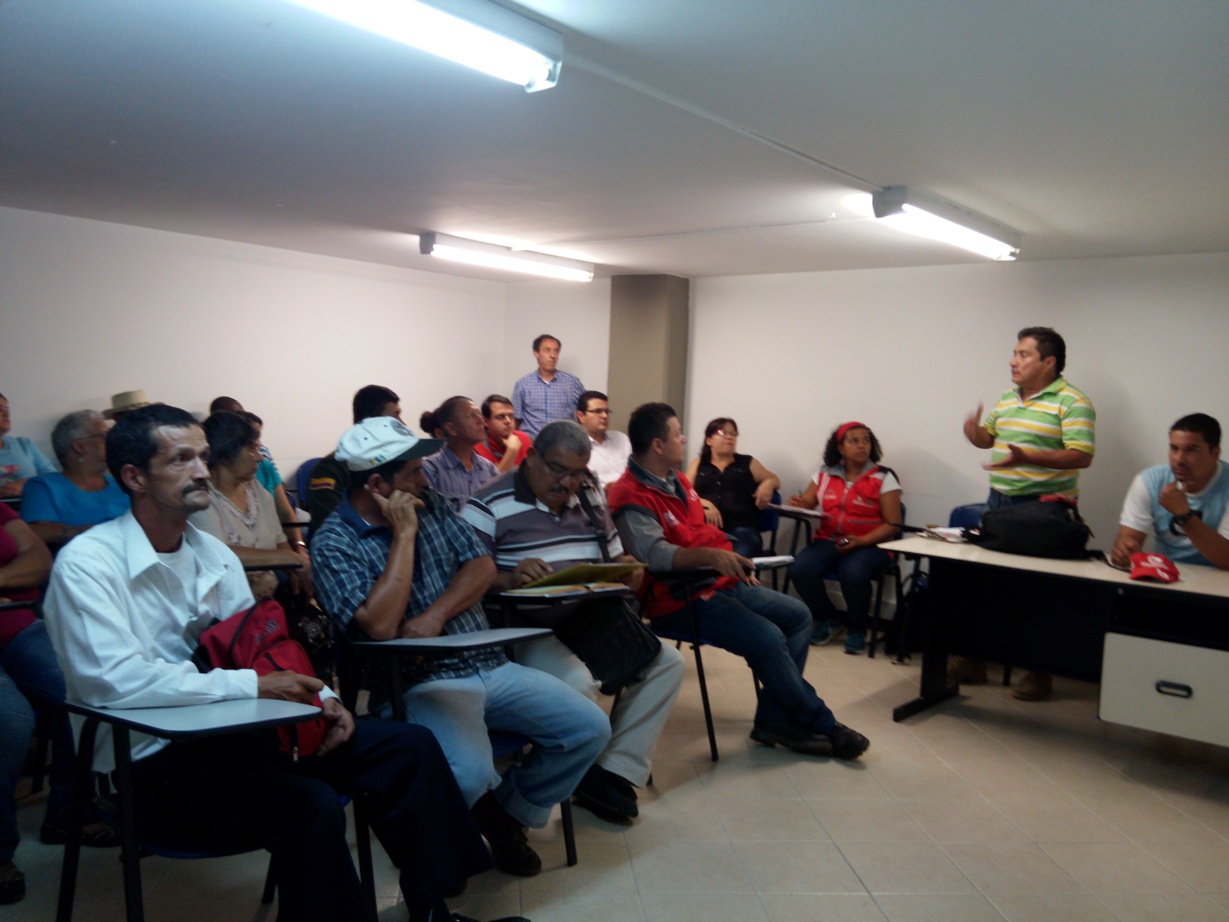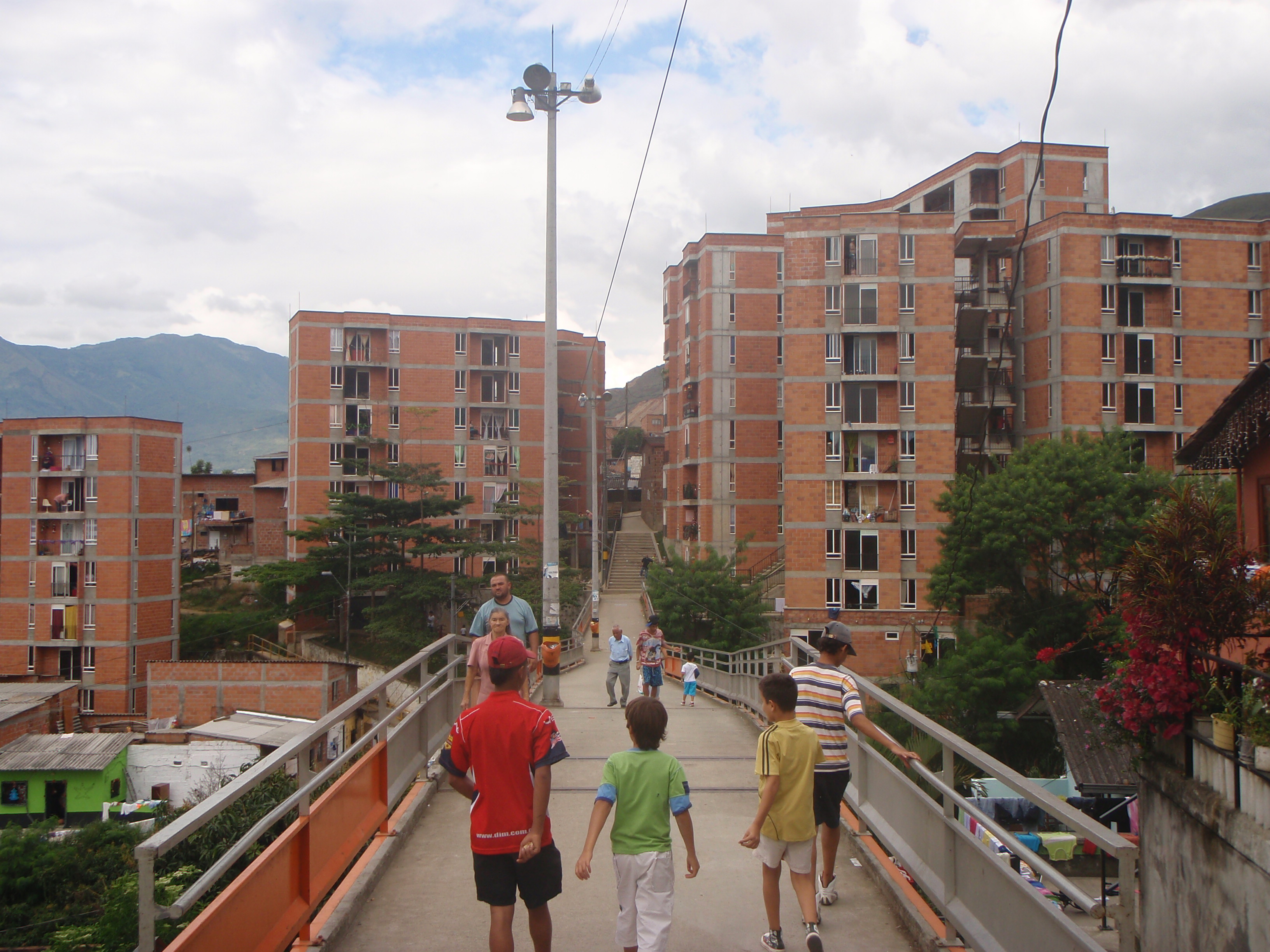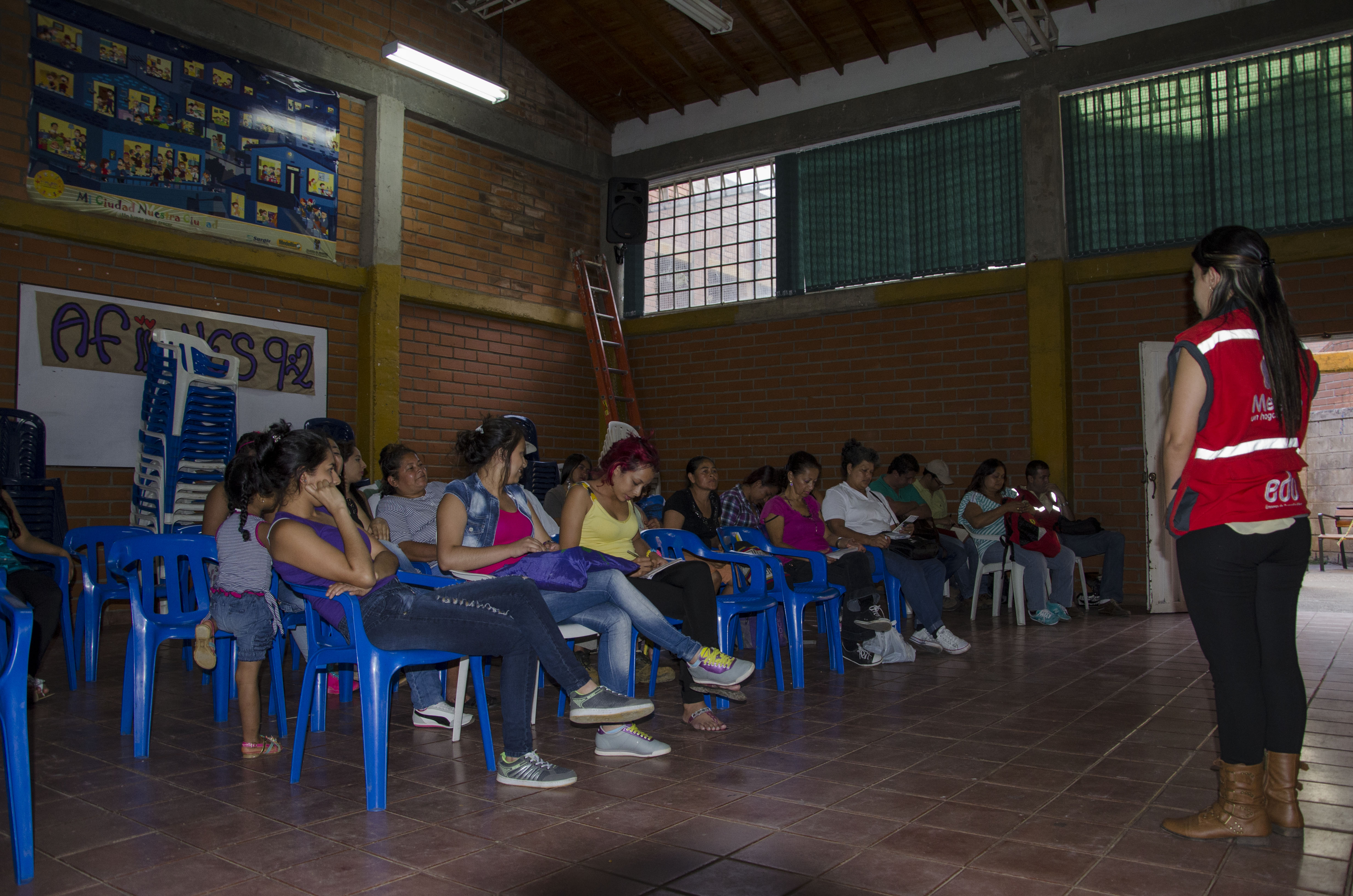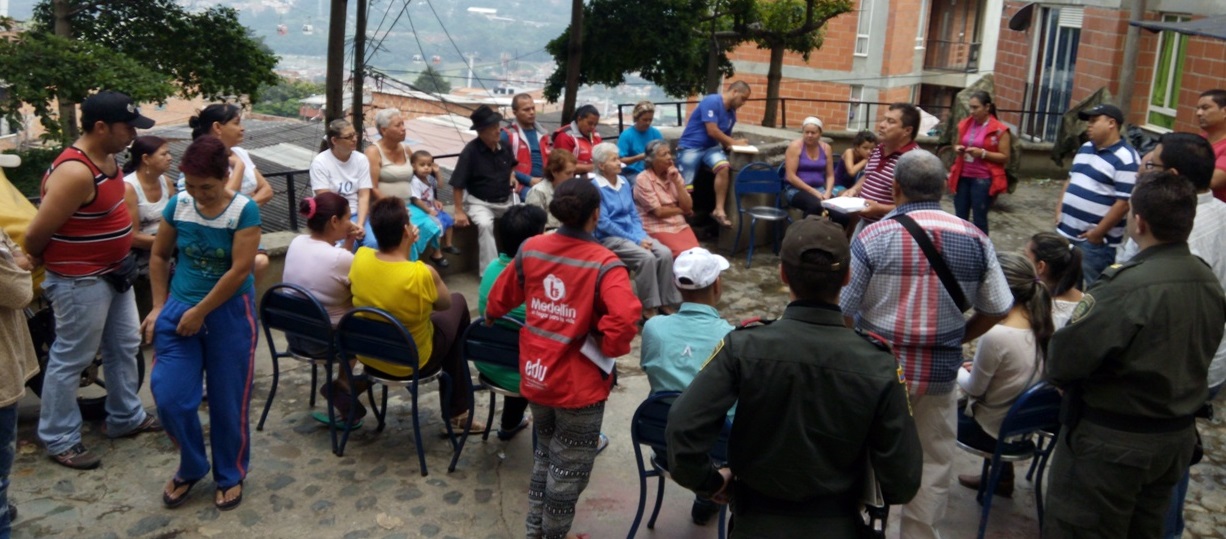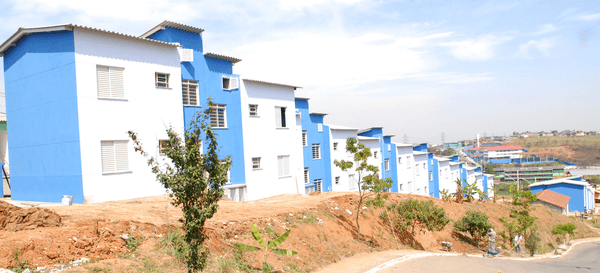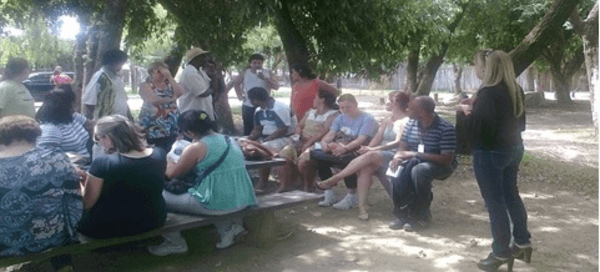When Empresa Desarrollo Urbano de Medellin (EDU) started the implementation in August 2004, it was confronted with weak communitarian organization, scepticism towards governmental intervention, and fear of eviction amongst the inhabitants of the ‘Juan Bobo’ settlement. One main focus of attention was the participation of inhabitants during all stages of the process (project planning, instrumentation, execution, maintenance, and tracking).
First of all, a participatory diagnosis was carried out in order to frame the scope of actions and to find out the particular needs of each family. Teams of EDU, specialized in technical and social matters, conducted conversations with the inhabitants, and held workshops to collect ideas and determine social demands. Thereby, communitarian participation and commitment was stimulated, a mutual consent among community members could be procured, and the involvement of the community members into the decision-making-process was secured. All actors involved came together and decided on actions to be conducted within the frame of an urban pact.
Meanwhile, standard process measures had been undertaken by EDU. In January 2005, legal, operational, technical, and administrative processes were started. Detailed geo-referential mapping and socio-economic surveys were accomplished. In June 2005, the availability of resources was secured and operational structures as well as intra-institutional agreements were set up.
The intervention into the territory started in February 2006. By that time, the program was threatened to fail due to negative developments in the process: institutions only showed presence during executions, discussion and actions between actors stagnated or irregular, and the unit responsible for the housing management, CORVIDE (Corporación de Vivienda y Desarrollo Social), was put out of duty. To answer these developments, the community decided to establish three committees to deal with questions of housing, environment, and the neighbourhood in order to anticipate the impending termination of the program. These committees were supported by the involved agencies and could finally achieve agreements between the actors and stable support of the government. Furthermore, these committees dealt with problems within the community: ownership regulations for houses with more than one resident family were found, a manual dealing with standards for coexistence and social graces was composed and agreements concerning the use of common spaces could be found.
Another problem was met when it came to the point of legalizing the properties: Information relating to technical aspects as infrastructure etc. was missing as well as cadastre records. EDU and other entities conducted attentive research and achieved the provision of studies that enabled the completion and transferability of the project.
In March 2007, EDU presented a concrete intervention plan that was politically validated shortly after. It comprised three main intervention strategies: the construction of new buildings, the upgrading of existing houses (reorganization of the settlement in order to bring in public services, such as sewage, water systems, and electricity), and the creation of public spaces and increased accessibility to the terrain. Concrete measures were the demolition of unsafe houses, the temporal displacement of residents during the construction of new apartments, and the provision of homeowners with materials to rebuild their houses.
During the construction work and the fiscal clearing, EDU was again confronted with problems arising from the illegal structure of the settlement: the implementation of urban regulations and legal procedures was difficult, as receiving structures were almost entirely informal. New technical tools and regulatory adjustments had to be adopted by involved actors as the land registry office, the municipal planning entity, urban planners, and the Medellin Utility Company. A further concern was the construction of the new houses, contributed to private sector entities. These actors were more concerned about commercial and formal issues than taking into account the nature of social housing projects. By the establishment of a cross functional team, affiliated to EDU and responsible for the planning and management of land purchasing and civil works, this obstacle was overcome.
